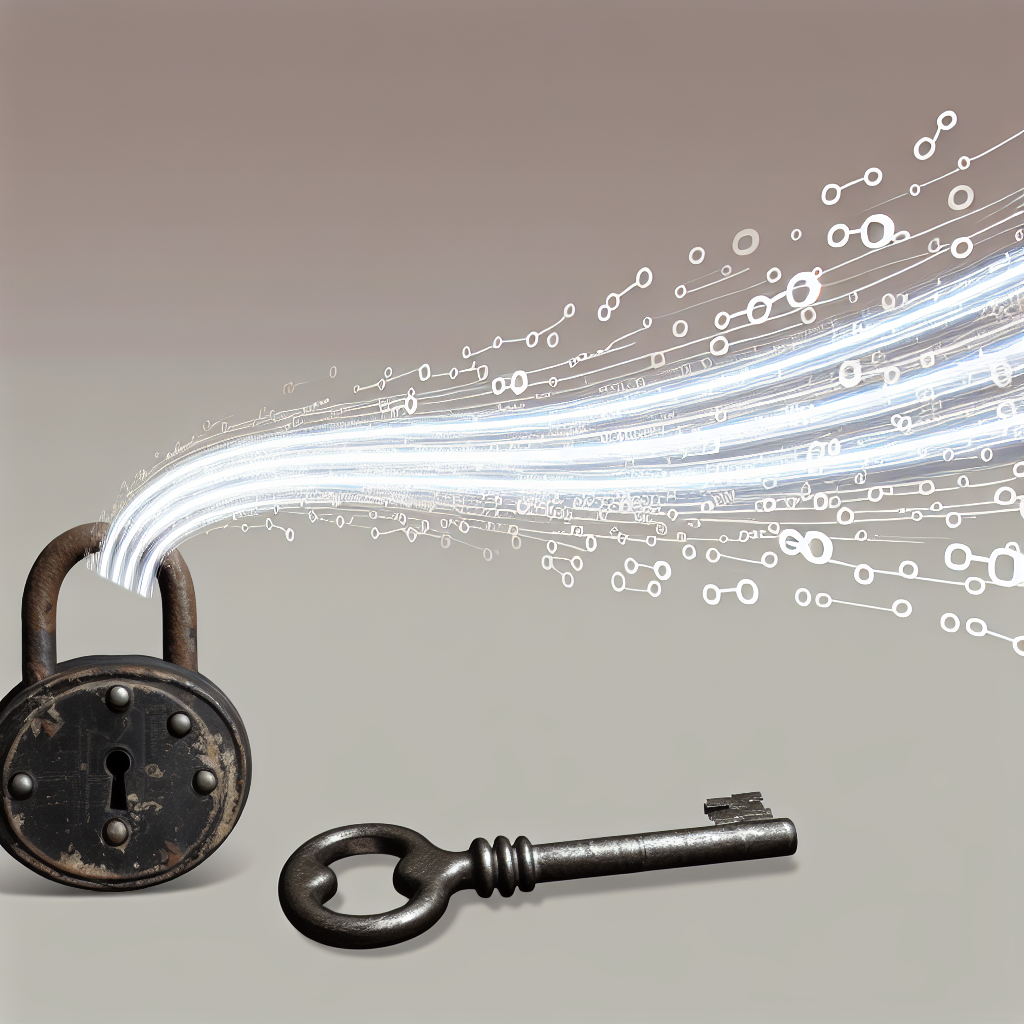In today's digital age, the importance of securing sensitive information has never been more crucial. One of the most widely used encryption methods for safeguarding data is the Data Encryption Standard (DES). In this article, we will provide a comprehensive overview of DES, breaking down the technical aspects as well as simplifying the concept for non-technical readers. Whether you are a cybersecurity expert or simply looking to understand how your data is protected, this article will equip you with the knowledge you need to grasp the significance of Data Encryption Standard (DES).
1. Understanding Data Encryption Standard (DES): A Technical Overview
Data Encryption Standard (DES) is a symmetric-key algorithm used for encrypting and decrypting data. It was developed in the 1970s by IBM and was later adopted by the U.S. government as a standard for protecting sensitive information. DES uses a 56-bit key to encrypt data in blocks of 64 bits. The encryption process involves multiple rounds of substitution and permutation operations, which scramble the data in a way that can only be reversed with the correct key.
One of the key features of DES is its simplicity and efficiency, making it well-suited for a wide range of applications. However, due to advancements in computing power, DES is no longer considered secure enough for modern encryption needs. As a result, it has largely been replaced by more advanced encryption algorithms such as AES (Advanced Encryption Standard).
Despite its limitations, DES remains a foundational encryption standard that has paved the way for the development of more secure encryption techniques. It is important for security professionals to be familiar with DES and its principles, as it provides valuable insights into the evolution of encryption technologies.
2. Simplifying Data Encryption Standard (DES): What You Need to Know
Data Encryption Standard (DES) is a widely-used symmetric encryption algorithm that was developed in the 1970s by IBM. It is a block cipher, meaning it encrypts data in fixed-size blocks. DES uses a key of 56 bits, which is used to encrypt and decrypt data in 64-bit blocks.
In simpler terms, DES takes your plain text data and transforms it into a scrambled format using a secret key. This scrambled data can only be deciphered back to its original form by someone with the correct key. DES is commonly used to secure sensitive information such as financial transactions, personal communications, and corporate data.
One of the key features of DES is its efficiency and simplicity, making it a popular choice for encryption in many applications. However, due to advancements in technology, DES is now considered to be relatively insecure against modern hacking techniques. As a result, it has been largely replaced by more secure encryption algorithms such as Advanced Encryption Standard (AES).
Overall, Data Encryption Standard (DES) is a foundational encryption algorithm that has played a significant role in securing data for decades. While it may no longer be the most secure option available, it is still important to understand its principles and how it has influenced modern encryption practices.

